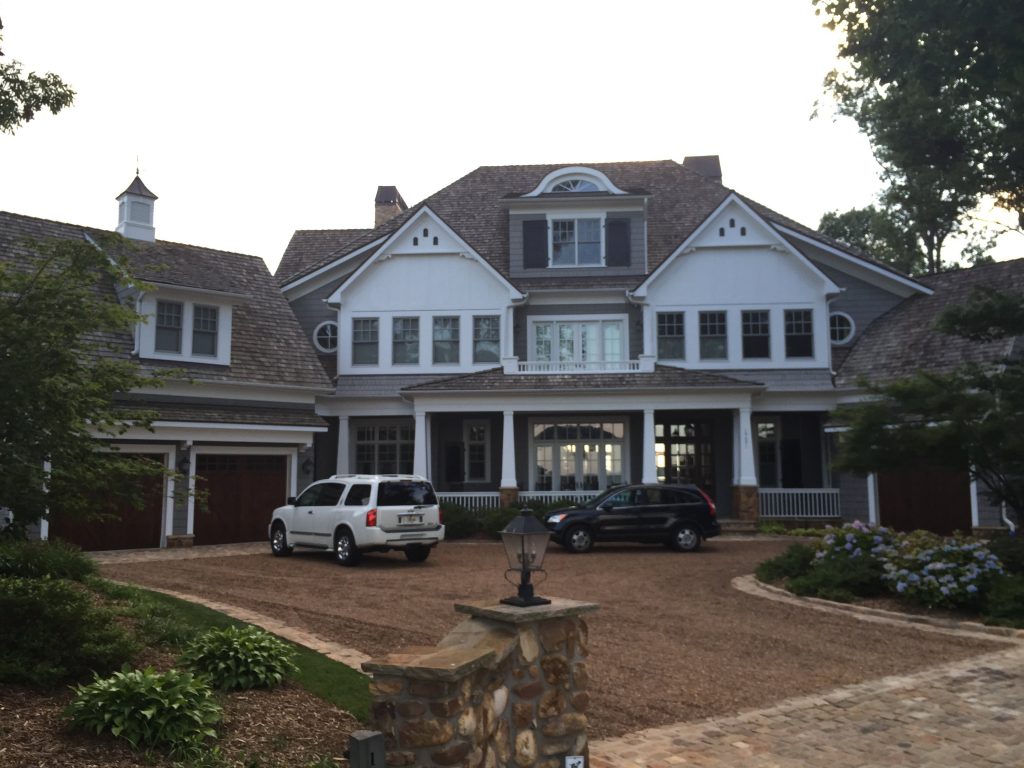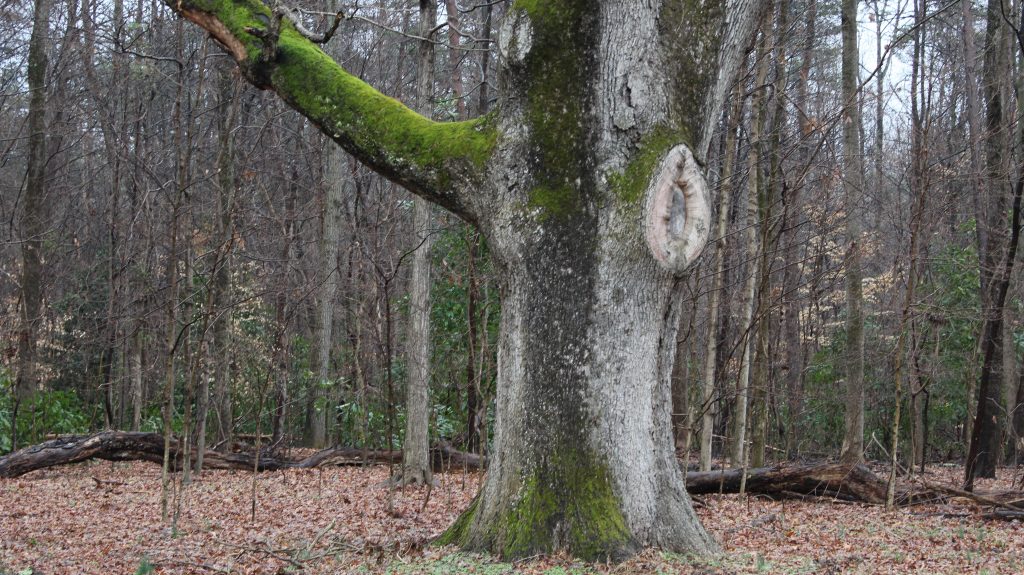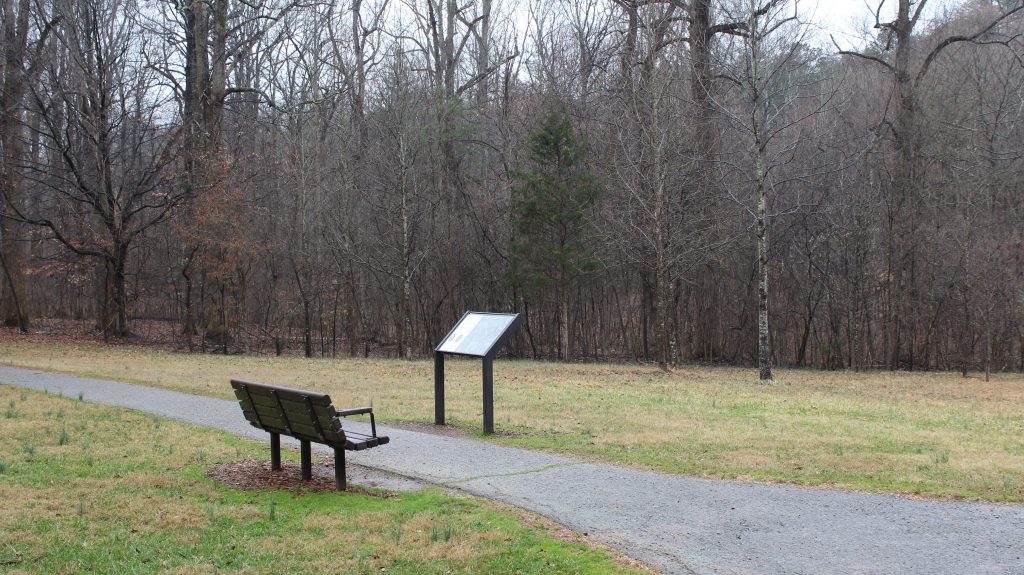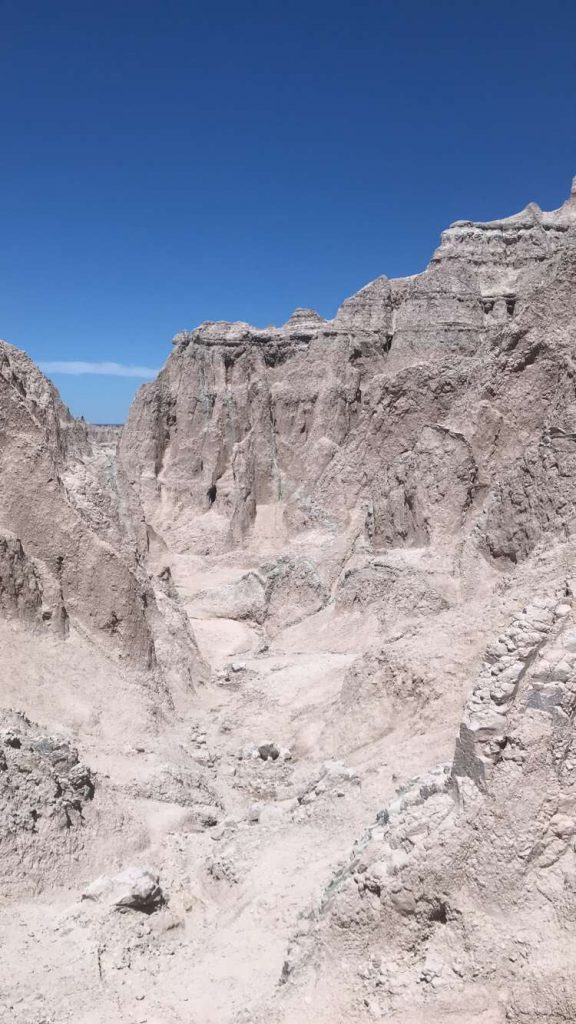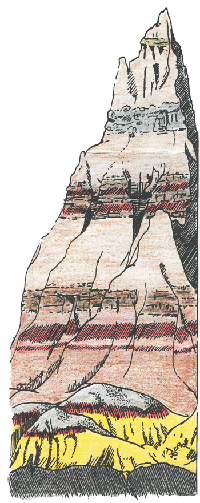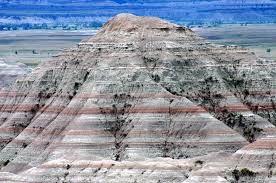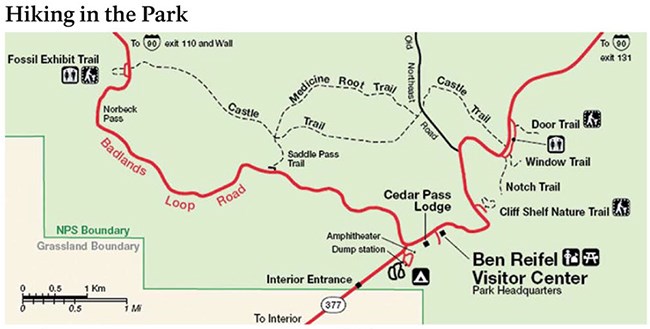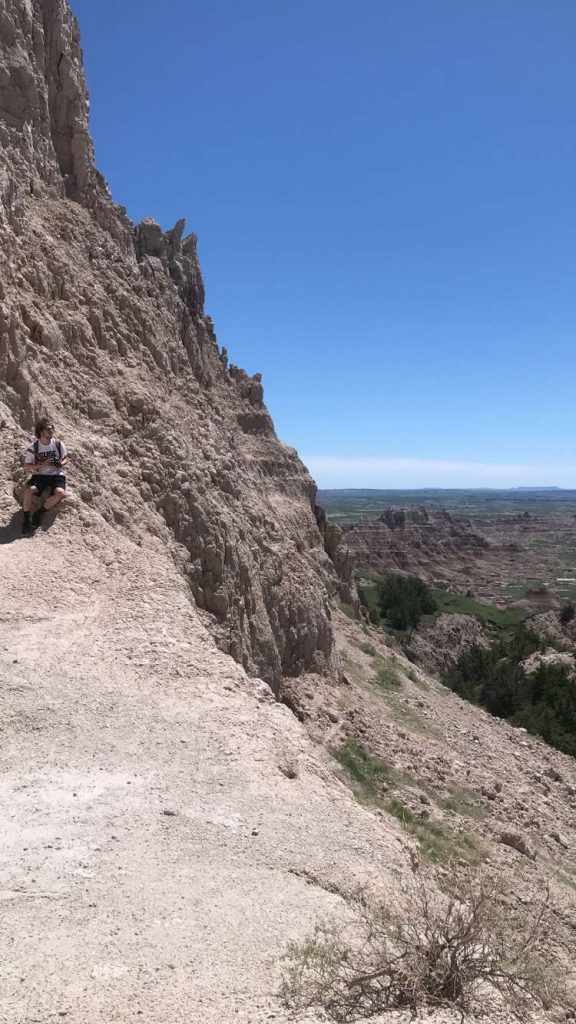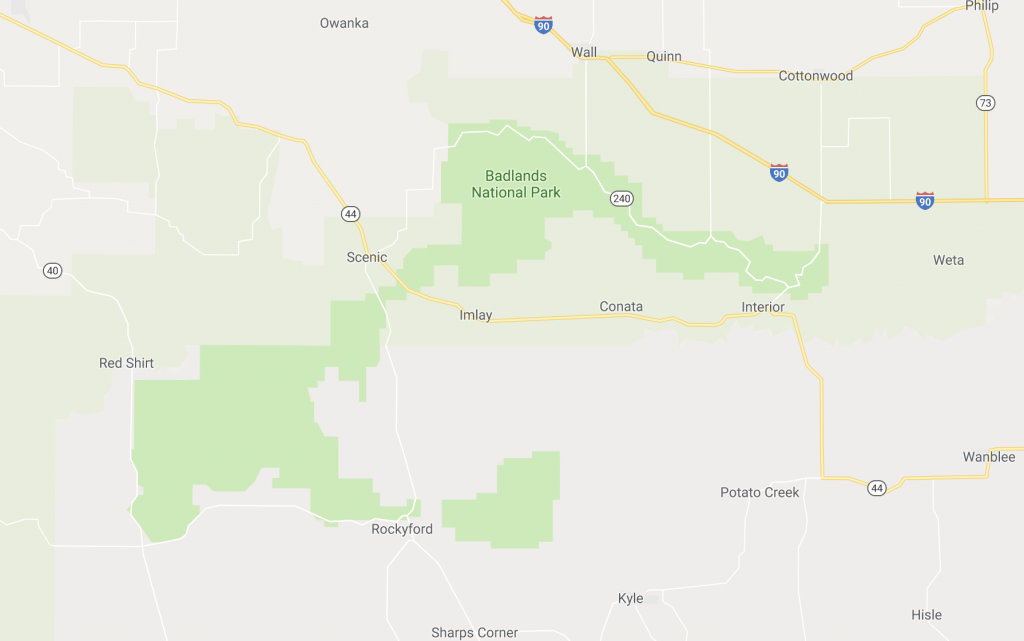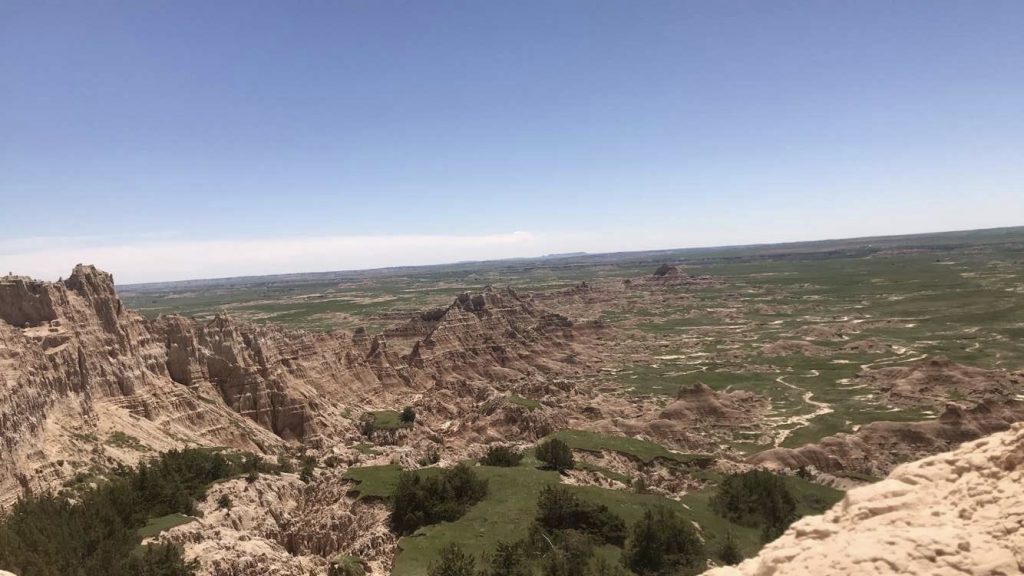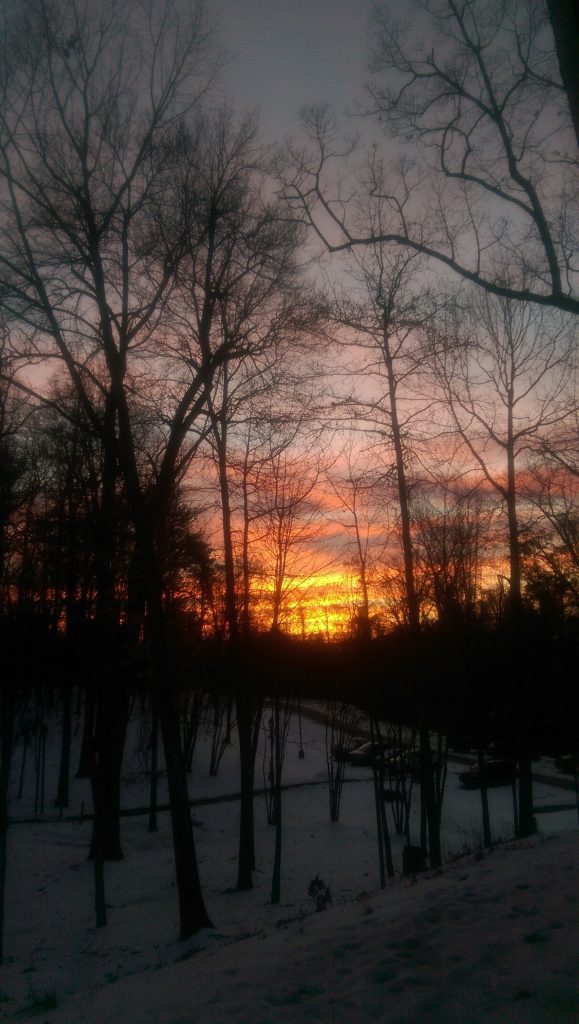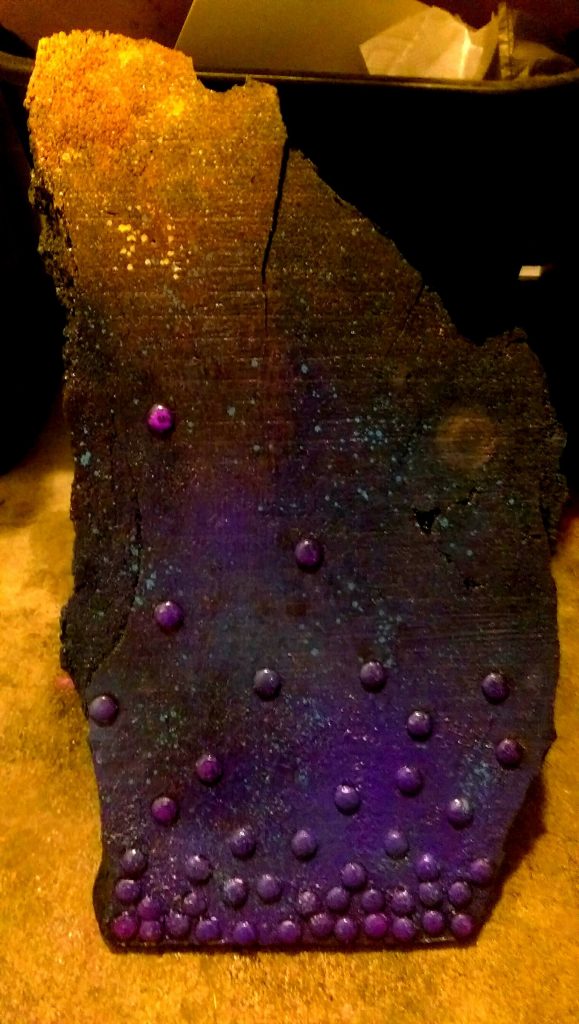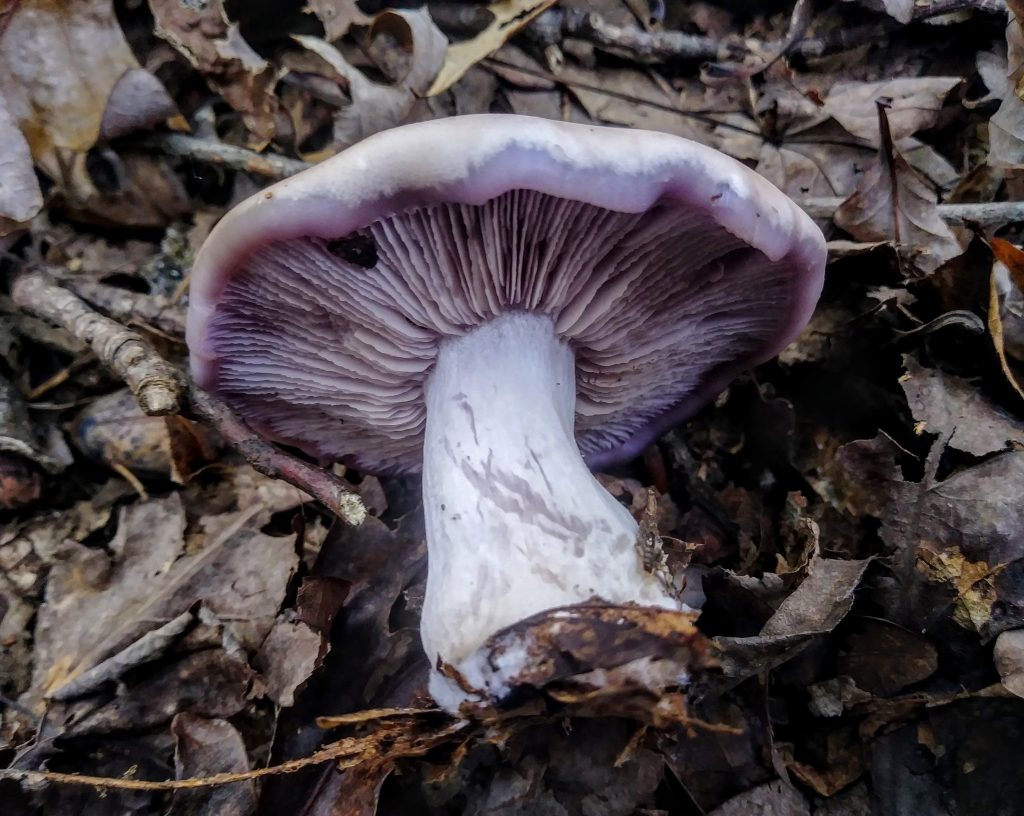As I mentioned in an earlier post, Lake Norman was created by Duke Energy, a company formerly known as Catawba Power Company, to make a hydroelectric dam to generate electricity. But before the area was flooded, it was a natural space that many people called home. The phrase “natural space” is debatable- it is possible that a location could only be considered a natural space if there is no human development, or even any trace of human impact visible, such as the square inch of silence project. However, I am going to choose to define this phrase as a location in which people can spend time outside and where they are able to observe natural phenomena such as birds and trees.
I am interested in what this space might have looked like before it was flooded. The majority of the land was undeveloped, but there were still a large amount of farms, homes, and community spaces such as churches and schools present in the area. It is difficult for me to imagine what was involved in order to convince these farmers and their families to give up their land and start anew, as it could not have been an easy task. I would imagine that, as with many small scale farmers, many people had inhabited their particular parcel of land for multiple generations, and felt tied to it in a way that was not easily given up. Creating Lake Norman also involved moving public buildings like churches, many of which had cemeteries on their premises. The concept of digging up grave sites was likely not enjoyable for either the power company, the cemetery’s inhabitants, or their loved ones. It’s no wonder it took almost six years for the Catawba Power Company to begin filling the lake. In fact, many cemeteries and buildings remain under the water of the lake to this day. My friends and I used to think that there were air pockets in these abandoned buildings deep under the water, and if you swam too close to them they could pop. Then the swimmer would be sucked into the building with the force of the rushing water, and drown.
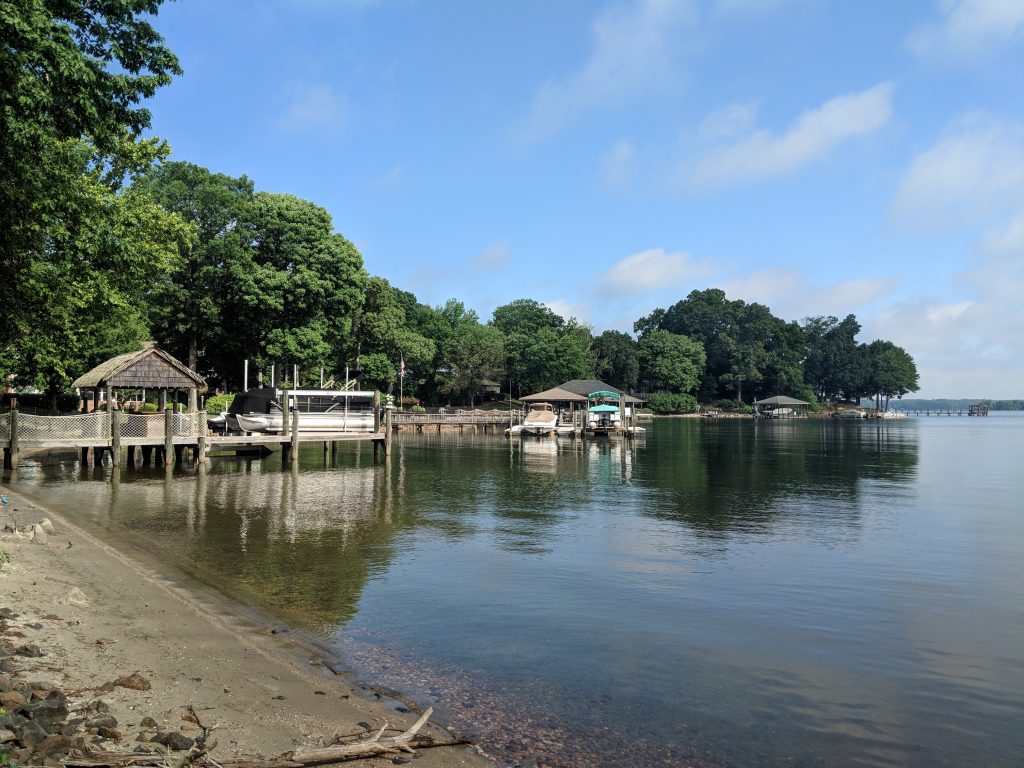
I would still consider Lake Norman a natural space, though it has been developed extensively in the past fifty years. There are many pictures in the lake house of Paige’s childhood, most of which were taken at Lake Norman, and show varying degrees of development of the lot their house is on, as well as the formerly vacant lots surrounding the house. One picture in particular stands out to me- at first glance, the picture is just a sepia photo of a young blonde child proudly holding a fish (presumably Paige). Cute enough, but not very interesting, until my mother told me that the empty lot was the site of the home we were currently standing in. When we visit the lake house now, we can see at least one mc-mansion in any direction, but in the photo there were only trees and water. Assumedly a majority of the trees were the same Silverling and Tulip-poplars that stand around us today, but the difference in the level of development is astonishing. It will be interesting to see how the land changes in the future. Will it even be recognizable as the same place in the photographs in my Aunt’s house?
